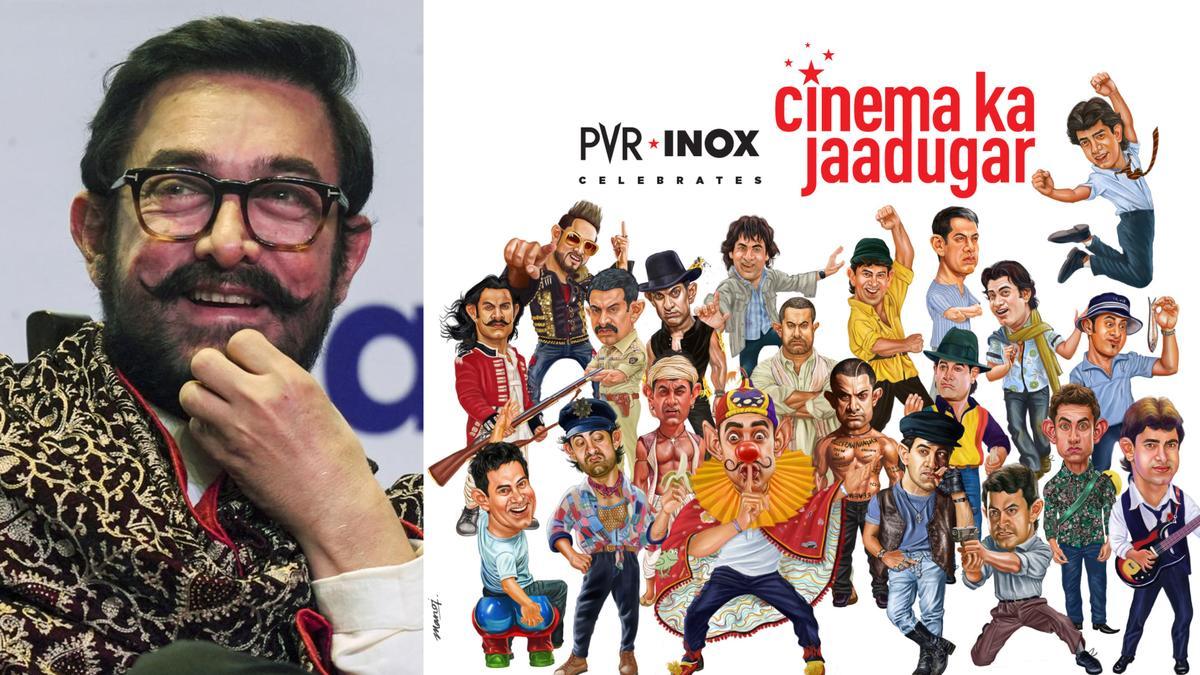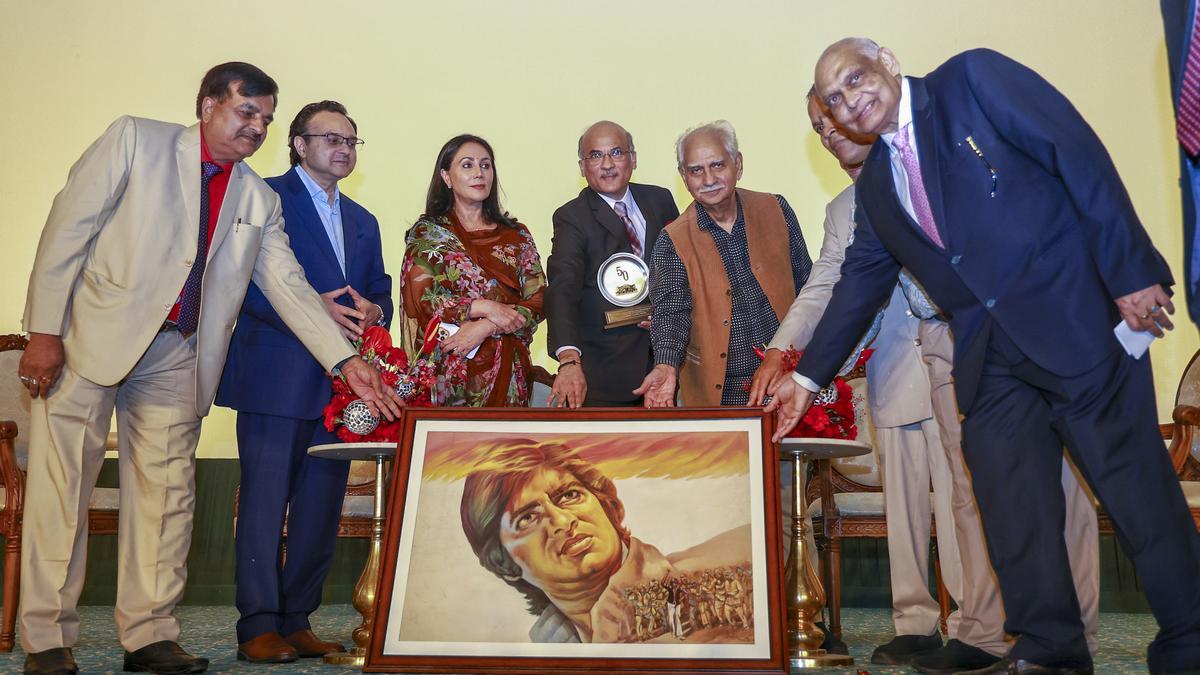
At the prestigious Sundance Film Festival, a groundbreaking Indian film “Girls Will Be Girls” made its debut, notable not only for its content but also for the predominantly female team behind its creation. The writer-director, Shuchi Talati, crafted a movie environment reflecting her ethos: a space where girls could truly embrace their identities. “In spaces which are more ‘male’, women wear armour. But when we don’t have to fight for respect or be more masculine to be taken seriously, it opens up mental space and we can get more done,” remarked Talati. The film’s exploration of a young girl’s sexuality necessitated an environment that was secure and conducive for the cast to express vulnerability unreservedly.
“Girls Will Be Girls” emerged as one of the inaugural selections to contend in the festival’s world dramatic competition. The narrative unveils the nuanced battle for attention between teenager Mira, played by Preeti Panigrahi, and her youthful mother, Anila, portrayed by Kani Kusruti. This complex relationship develops further as Mira forms a bond with Sri, an alluring new pupil in her boarding school, inciting a series of subtle plot twists that resonated with the international audience at Park City, Utah.
Key positions on the set were filled by women, breaking from industry norms. The cinematographic vision was brought to life by U.S.-based Taiwanese filmmaker and photographer Jih-E Peng. Production design was led by Avyakta Kapur of “Jee Karda” fame on Prime Video, while editor Amrita David pieced together the film’s compelling story. The production boasted female leadership with Claire Chassagne from France and Richa Chadha from India co-producing the feature – the latter being a former college mate of Talati’s in Mumbai.
Before “Girls Will Be Girls” was realized, Talati had directed a short film titled “A Period Piece”, similarly championed by a chiefly female crew. The Indian filmmaker’s vision was to transplant that experience to her home country, where she found film sets to be dominantly male. After six years, multiple funding attempts, and a developmental phase at the Berlinale Talents Script Station programme, her feature film graced the grand Egyptian Theatre, evoking audible gasps and laughter from the audience during its premiere.
The seed for the film was planted in Talati’s mind back in 2018, when a short stay at a boarding school exposed her to the secretive etchings of love and desire left by generations of girls on their bunk beds. Inspired by her own schooling in Vadodara and classic tales by Enid Blyton, she decided to delve into the duality of the teenage pursuit of sexual discovery shadowed by societal shaming and judgement.
Mira, the film’s lead, perfectly encapsulates this dichotomy. A model student and first-ever female head prefect, she navigates the delicate balances of cultural traditions and her burgeoning sexual independence. As the script evolved, Talati merged this tale with another narrative thread: the complex dynamics of the mother-daughter relationship. Young mothers often suppress their aspirations and desires while raising their ambitious daughters, a theme poignantly portrayed through Anila’s contrasting reactions to Mira’s friendship with Sri.
The director’s research included insightful discussions with mothers, including her own, probing into the hidden depths of their married lives and aspirations. It resulted in a portrayal that shatters the trope of “the asexual mother” in Indian cinema, presenting Anila as a character brimming with energy and yearnings.
“Teenage sexuality is not something we really see in Indian cinema… it was important that brown, Indian people, people who look like me, are seen as sexual beings,” Talati boldly stated at the film’s premiere, aiming to disrupt the conventional portrayal of women where vamps alone have access to sexuality while the virtuous are restrained.
“Girls Will Be Girls”, while still respecting the conventions of storytelling, offers a fresh take on female sexuality and mother-daughter relationships, indicative of a maturing Indian cinema landscape willing to acknowledge complex human emotions and advocate for a more inclusive narrative form.










